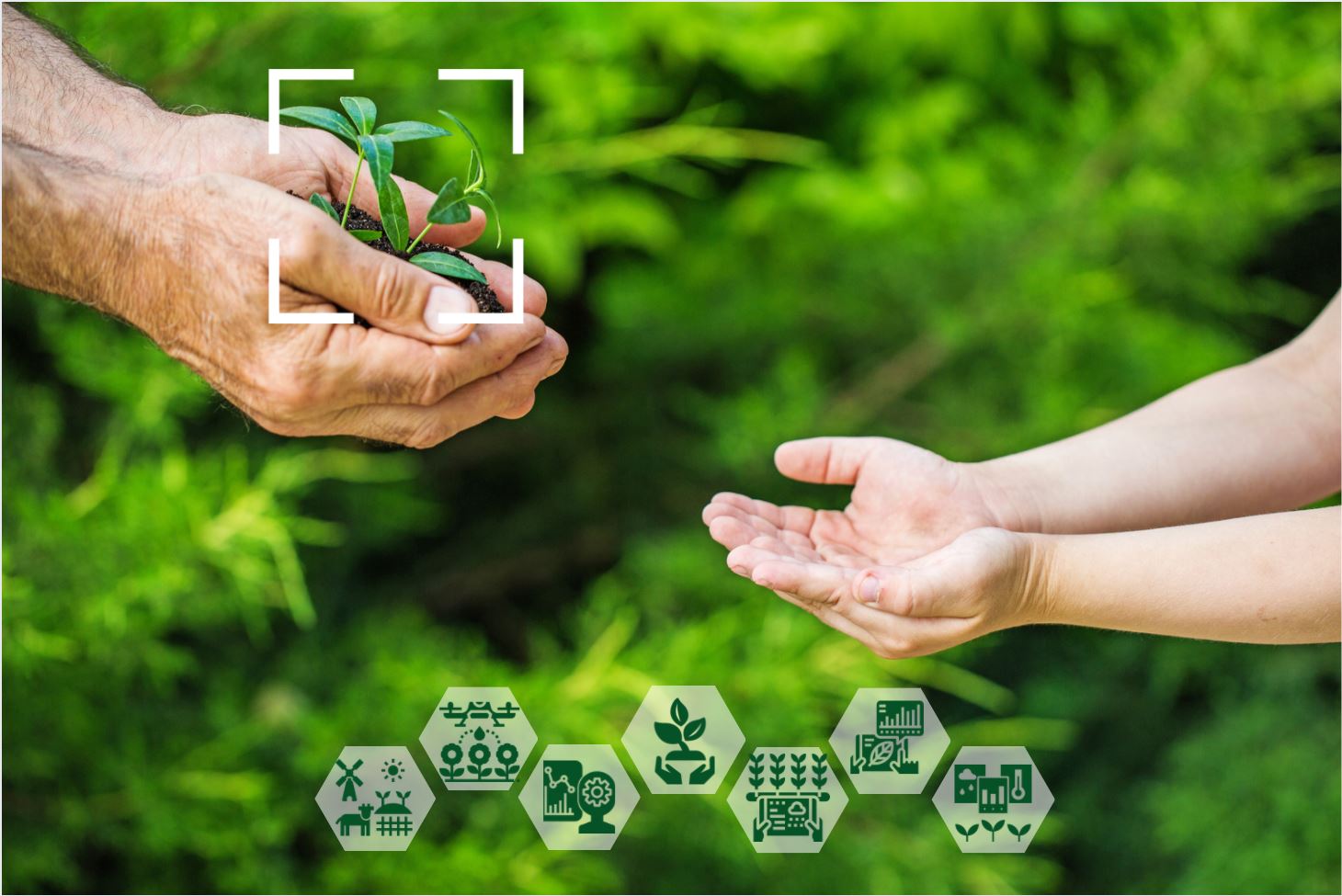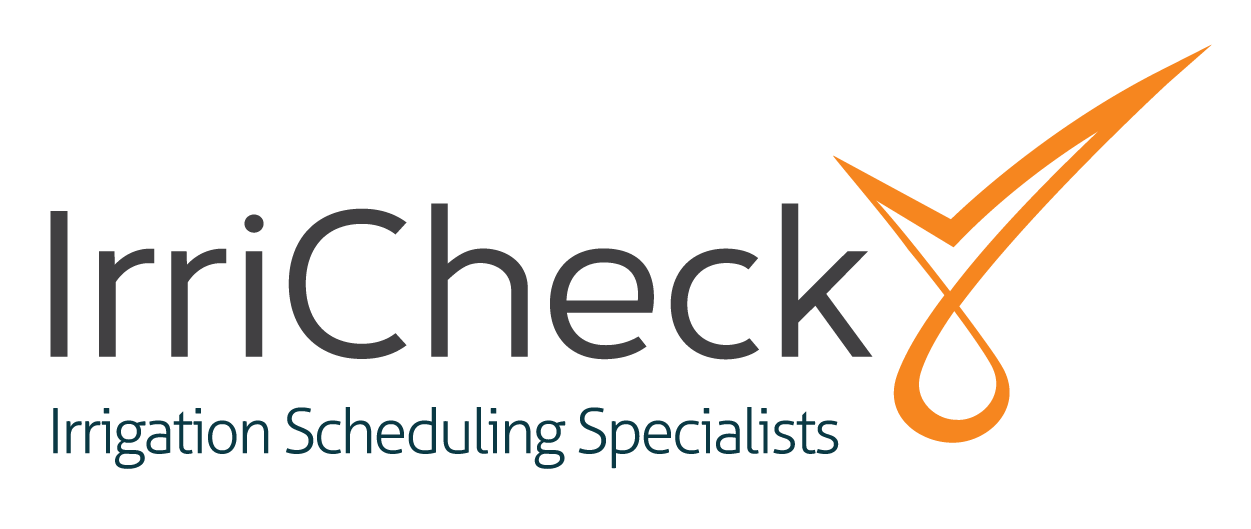
What Is Digital Agriculture?
Specifically, in the agriculture and food sector, the spread of mobile technologies, remote-sensing services and distributed computing are already improving smallholders’ access to information, inputs and markets, increasing production and productivity, streamlining supply chains and reducing operational costs. However, the ‘digitalization’ of agriculture and the food value chain has certain challenges to overcome. Issues such as cybersecurity and data protection, labour replacement and re-education and the risk of creating a digital divide between economies, sectors or individuals with differing abilities to adopt new technologies. Despite these points, there is no doubt that digital transformation in agriculture is here to stay. FAO is committed to assisting governments and partners in bridging such multidisciplinary digital divides to ensure that everyone benefits from the emerging digital society.
The world’s first entirely machine-operated crop – a crop sown and tended without a human ever entering the field – was harvested in 2017, a milestone in digital agriculture, sometimes known as “smart farming”, or “e-agriculture”.
Digital technologies—including the Internet, mobile technologies and devices, data analytics, artificial intelligence, digitally-delivered services and apps—are changing agriculture and the food system. Examples abound at different stages of the agri-food value chain: farm machinery automation allows fine-tuning of inputs and reduces demand for manual labour; remote satellite data and in-situ sensors improve the accuracy and reduce the cost of monitoring crop growth and quality of land or water; and traceability technologies and digital logistics services offer the potential to streamline agri-food supply chains, while also providing trusted information for consumers.
Digital technologies can also help governments improve the efficiency and effectiveness of existing policies and programmes, and to design better ones. For instance, freely available and high-quality satellite imagery dramatically reduces the cost of monitoring many agricultural activities. This could allow governments to move towards more targeted policies which pay (or penalise) farmers based on observed environmental outcomes. In addition to monitoring compliance with environmental policies, digital technologies enable automation of administrative processes for agriculture and the development of expanded government services, such as in relation to extension or advisory services.
Finally, digital technologies can support trade in agriculture and food products, by connecting private sector suppliers to new markets, and enabling new ways for governments to monitor and ensure compliance with standards and to provide faster and more efficient border procedures that are essential for perishable products.
These technological advances can support the goal of achieving more resilient, productive, and sustainable agriculture and food systems, which better meet consumer needs. These benefits come both directly—via the adoption of technologies by actors in the sector (including service providers), and indirectly—via the adoption of technology by governments in order to deliver better policies.
Digital Agriculture vs. Precision Agriculture: an important distinction
Farmers have embraced leading-edge tools for decades that can help them collect and analyze farming data to increase crop yield. Soil content, moisture, nutrient trends, and wind patterns down to any square foot of arable land are just a few of the metrics available to growers with digital agriculture technologies.
Further, taking land and crop data and integrating them into software used in marketing, forecasting, and production is the new “norm.”
Precision agriculture (or precision farming) encompasses digitized on-farm growing operations such as:
- Weather forecasting and micro-forecasting
- Yield mapping
- Variable-rate applications (for water, pesticides, and fertilizers)
- GPS guidance systems
Digital agricultural systems, by contrast, include precision farming and every other operation involved in the agri-food supply and value chain. Digital agriculture encompasses:
- Block-chain technology (which increases supply-chain transparency, directly benefiting smaller growers worldwide)
- Tractor and other equipment rental apps
- Intelligent warehouse platforms
- e-Commerce software
- Agri-food marketing and advertising platforms
- Technological advances in seed and agri-chemical production
Of course, the list of technological inclusions in digital agriculture continues to grow each year. Further, as ag technology continues to get more commonplace, more growers and their partners can participate meaningfully and productively in the industry.
How do I maximize my digital agriculture buy-in for optimal ROI?
Choosing the level of digitization to use in your ag operations depends on several factors:
- Pinpointing your most significant production or growing challenges
- Selecting the technology that will positively (and quickly affect your efficiency, productivity, and environmental impact
- Leveraging your operational budget to include the most helpful digital agriculture tools (it’s okay to start small and build your tech platforms as you go)
Source: Farmingportal.co.za
